Auto sector runs into brick wall
 Vietnam Automobile Manufacturers Association (VAMA) chairman Akito Tachibana gives VIR the inside running on the story.
Vietnam Automobile Manufacturers Association (VAMA) chairman Akito Tachibana gives VIR the inside running on the story.
Competition in the auto market is increasingly stiff. Will there be firms forced to shut doors due to flat sales?
Vietnam’s auto market is in a tough development period. Market size remains small with around 150,000 car units per year. However, there are multiple players consisting of VAMA’s 18 member firms and dozens of individual manufacturers and import firms.
This year is tough for the economy as Vietnamese government’s tightening monetary policies and spiraling lending and dong-dollar exchange rates. These all factors have pushed the local auto market into doldrums.
Market competition will be even fiercer driven by ASEAN’s tax reduction trajectory. In this scenario, it would be inevitable that some firms could not survive tough conditions and go dismantled while some others jump into the market.
It was said that Vietnam-based car manufacturers may shift into importing cars instead of performing assembly and manufacturing when import tariffs fall to less than 60 per cent. Is that the case?
Apparently, tax reduction roadmap under the ASEAN Free Trade Area’s Common Effective Preferential Tariff (CEPT/AFTA) scheme will give comparative advantages to imports of completely built unit (CBU) cars than locally-assembled units.
To keep on production, we need to slash costs through hiking localisation rates. This cannot be done without the government’s backing in spurring local supporting industry development.
I hope the Ministry of Industry and Trade will soon finalise Vietnam’s auto industry development strategy to 2020 with clear development orientations.
Why has the government yet to release the tax reduction roadmap for 2014-2017 period?
Bringing CBU car import rates down from 60 per cent to zero per cent from 2014-2017, will have tremendous impacts on Vietnam’s car industry development.
How do you view auto market movements this year?
In fact, we have witnessed a clear change in car market segment with phenomenal growth in cars for personal use compared to commercial cars. Weakening economy parallel to tightening monetary policies and some other factors led to declines in the auto market.
However, actual demand for specific car lines, for example personal cars, still stays high despite a difficult economy. Therefore, consumption for this year may be the same as last year at around 150,000 units with rising passenger cars offsetting the shortfall from commercial cars.
What can we expect in 2012?
According to HSBC’s latest forecast, Vietnam is still included among top five manufacturing countries driving up global trade until 2025. Therefore, development perspective for local car industry would be bright on the back of economic upswing.
However, market development will follow an ebb and flow model as the government will embark on restructuring the economy via macroeconomic development policies revision platform.
What the stars mean:
★ Poor ★ ★ Promising ★★★ Good ★★★★ Very good ★★★★★ Exceptional
 Tag:
Tag:
Related Contents
Latest News
More News
- Barriers remain as firms pursue e-commerce growth with EU (November 03, 2024 | 15:47)
- Vietnam Economic Pulse Forum discusses sustainable growth (November 01, 2024 | 17:30)
- Vietnam strengthens quality measurement standards cooperation with UAE, Saudi Arabia (October 31, 2024 | 17:18)
- Sanofi steps up efforts to boost community health in Vietnam (October 31, 2024 | 14:56)
- Vietnam SuperPort poised to elevate Vietnam's logistics capabilities (October 31, 2024 | 14:00)
- SABECO brands win big at 2024 International Beer Cup (October 31, 2024 | 11:10)
- Aramco and PetroVietnam sign collaboration framework agreement (October 31, 2024 | 10:30)
- WinCommerce posts net profit in third quarter (October 31, 2024 | 10:27)
- UAE's Presight to boost applied AI and digital transformation initiatives in Vietnam (October 31, 2024 | 10:26)
- Vietnamese coffee industry sets new revenue record (October 30, 2024 | 18:17)




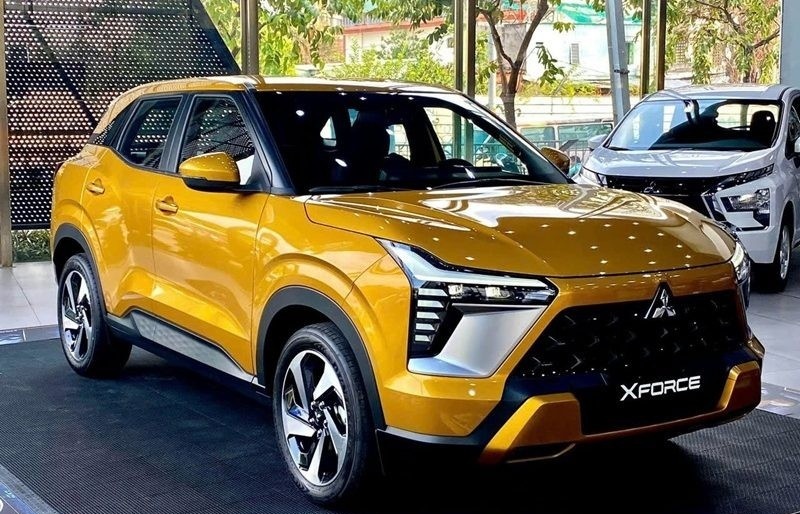



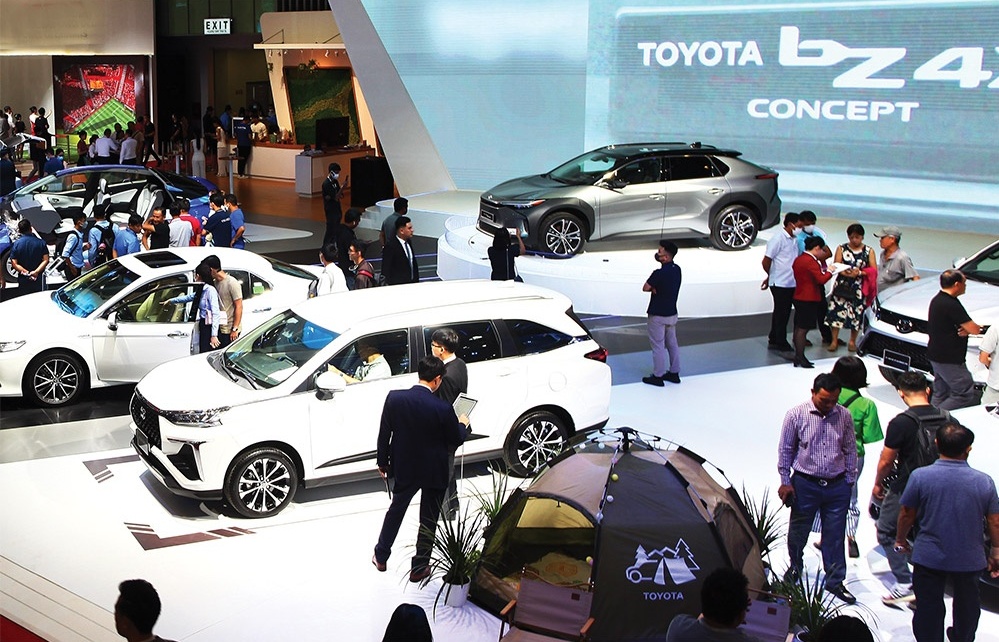


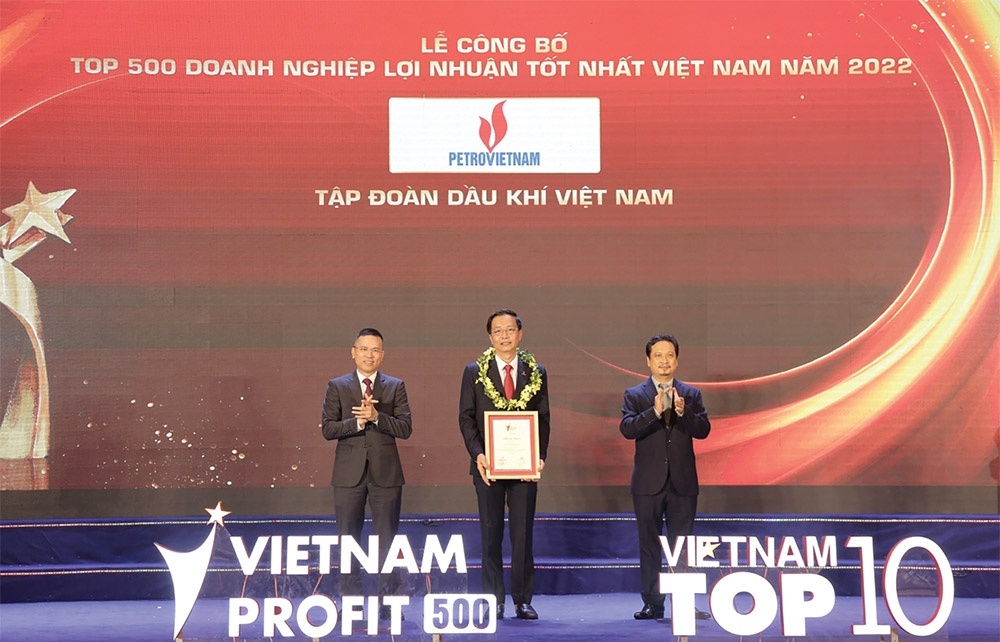
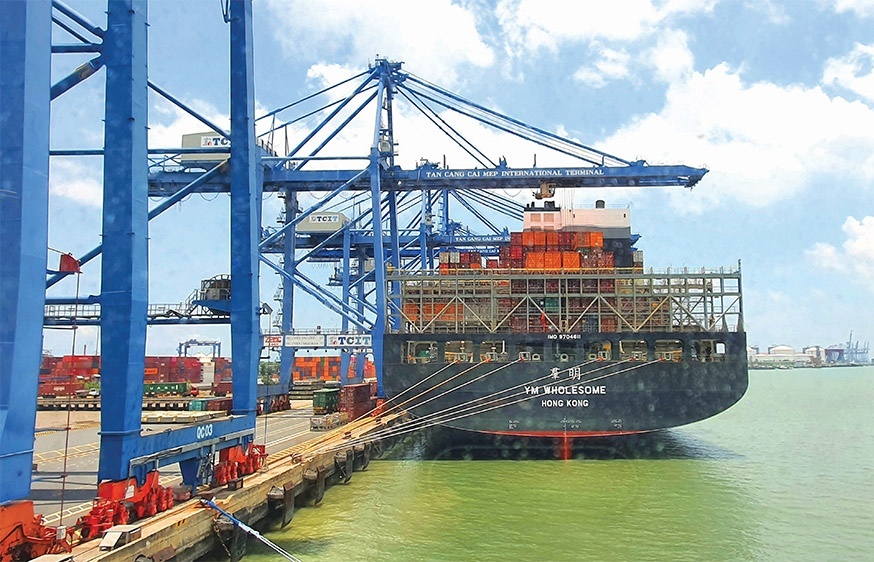






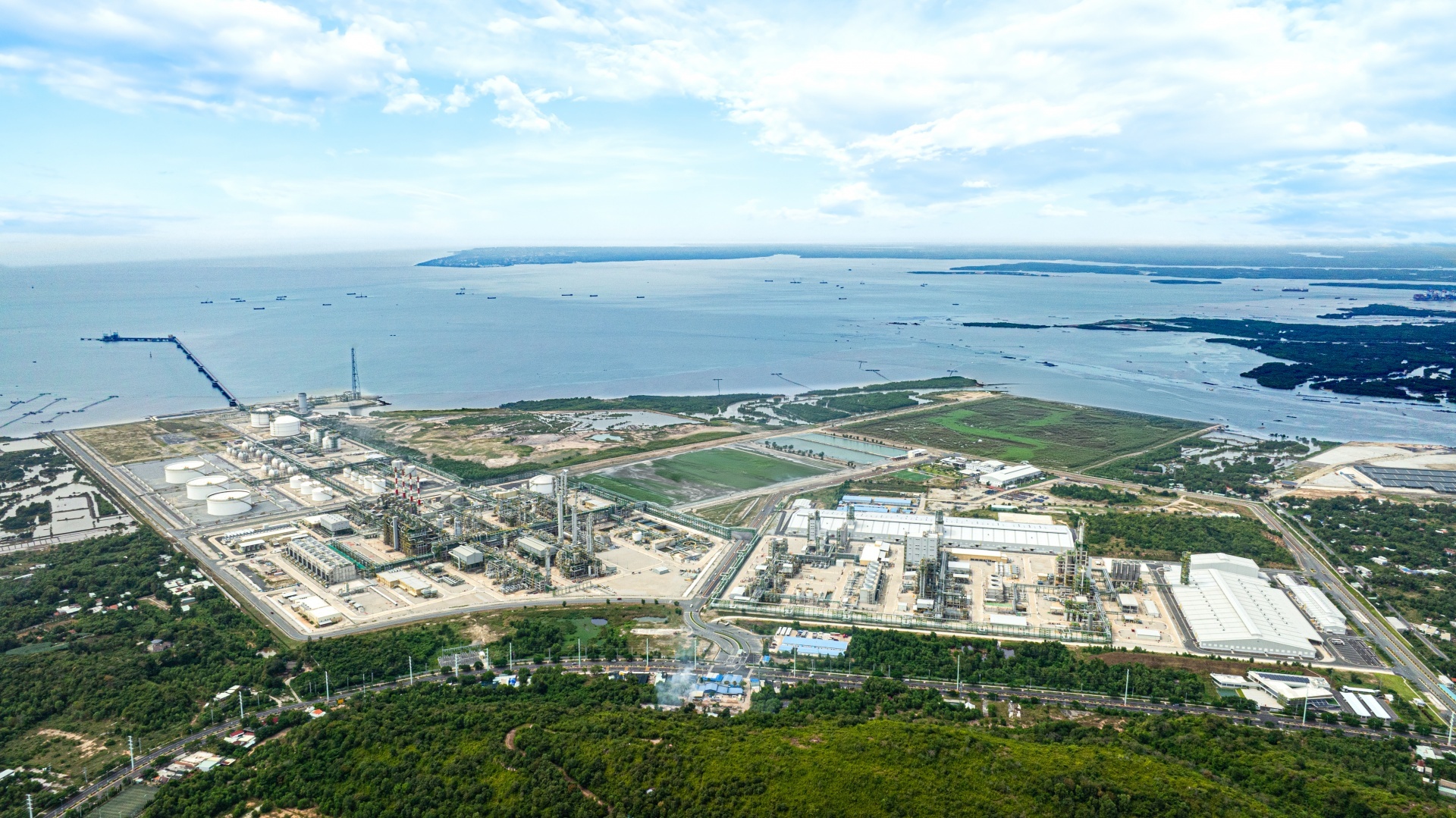




 Mobile Version
Mobile Version